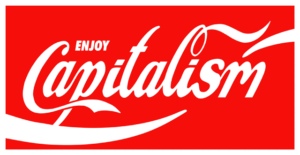Modernism is the rejection of the Victorian era’s traditions and the exploration of the industrial age. Stretching from the late 19th century to the middle of the 20th century, Modernism reached its apex in the 1960s; Postmodernism, however, describes the period that followed during the 1960s and 70s. As a philosophy, modernism holds logic and reason as central values for seeking universal truth. However, post-modern art rejected the traditional values of modernism, instead embraced experimentation with new media and art forms, including intermedia, installation art, conceptual art, and performance art. Post-modernism can be seen as a continuation or an extension of modernism, thus adapting or keeping a few elements from the previous era. Both epochs can’t be decreased or minimized to a single art form or style, nor can they be reduced to one single theory.
Because of the creation and establishment of mainstream technology, the effects of postmodernism are at its peak. Refusing to recognize the authority of any single style or definition of what art should be; it is an era that opens the door to creative freedom and emphasizes the diversity of human experience and multiplicity of perspectives. Promoting an eclectic, colorful style of architecture, decorative arts, and using new artistic forms enriched by video and computer-based technology. Postmodern art movements have been created and some are still present to this day; some examples are: Pop Art, Word Art (Text-based Painting), Conceptual Art, Video Art, Minimalism, Photography, Graffiti Art and Body Art (using the body as the “canvas”). The postmodern era is still present today because, if taken literally, the name would refer to the phase of history that comes after modernity. In today’s society, art has become subjective and artists continue to push the envelope when it comes to their designs. Whether it’s using garbage to create a sculpture or editing multiple pictures together to make something new, if postmodernism promotes infinite growth and creative freedom, then what can come after that? How are we able to expand further? What is the limit?




Recent Comments